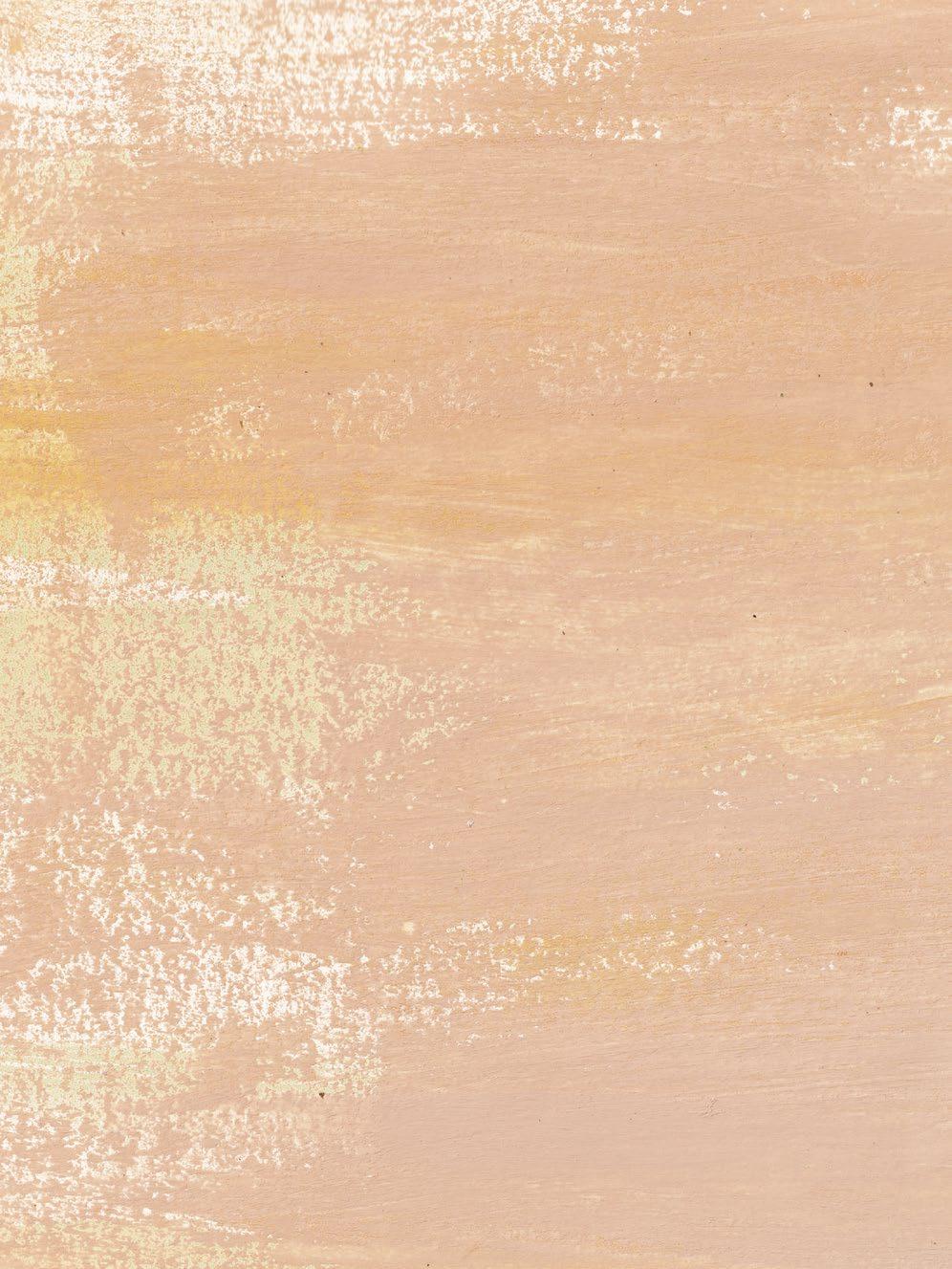
ILLUSTRATED BY

WRITTEN BY
Isabela Santos Aloma


ILLUSTRATED BY

WRITTEN BY
Isabela Santos Aloma

WHAT IF YOUR LIFE WERE COLORED BY ALL THE COLORS OF THE EARTH?!



AWA KNEW SHE WAS LATE.

WITH HER FEET AND HANDS STILL SOAKED IN MUD FROM THE RAVINES OF THE RIVER THAT SURROUNDS HER VILLAGE, AWA KNEW SHE HAD TO HURRY.


WITH THE COLORS OF THE COLORED SAND GLIDING THROUGH HER LITTLE HANDS, AWA NOW THOUGHT THE WHOLE RAINBOW WAS HERS ALONE.

The Bogo Ja Festival is held every year in the village of Sibi, near the city of Bamako, the capital of Mali, an African country that in the past belonged to ancient kingdoms with important and powerful kings and queens. The art of using natural pigments extracted from seeds, roots, leaves, and even tree bark is also too old. In Mali, there has also been, for hundreds of years, the art of dyeing textiles with pigments extracted from the earth. As the clothes are worked with water and exposed to the air, different colors emerge, ranging from yellow to ochre.
If you remembered that the name of our country, Brazil, is related to the red pigment that can be extracted from the brazilwood tree, look how the stories of our country and Mali meet in the color that unites us all!

The Bogo Ja Festival is a way to preserve the art of Mali’s traditional paintings and to introduce them to young people, especially children who today grow up amidst industrialized products made of plastic and other elements that pollute the soil and the waters of rivers and oceans, soon becoming garbage.
Bogo Ja is also a way to show all of us how our relationship with nature can be, we mean, more natural. That is why this book received the seal “There is the nature”, showing that we can do beautiful things using elements from nature that do not pollute, do not generate waste, and can be reused.






The young women of the village, Aissata and oumo, prepare colored pigments from the branches of the n’peku plant, characteristic of that region of Mali. Awa and her family use these pigments to color the walls of the house where they live. You can also use pigments from nature to paint. Why not try it? Sheets of paper can be the basis of your drawing; paints can be used naturally or mixed with some white gouache (white glue also helps to keep the mixture firmer). Let’s go!

Charcoal can be used to make the lines of the drawing, like a graphite pencil. Charcoal dust can also be used to color the background of your drawing. Use a piece of absorbent cotton to spread it and see the smoky effect that comes from this technique.







To get the color black, black beans can be the tip. Just cook them for 10 minutes and then let them cool, adding a spoonful of coarse salt to fix the color. Strain the beans and use the liquid for coloring. Use beets for the pink and wine colors. Simply peel off the root, cut it into small cubes, and blend in a blender. A few drops of lemon help to keep the color longer. For the red color, use urucum seeds. Let them rest in a glass of alcohol for a week. Strain the seeds and use the colored liquid for painting.
The soil itself is a source of color. Whenever you find soil with different colors, collect them, and use them to color with the gouache-glue mixture.



I am ALOMA . I was born in Florianópolis , Santa Catarina , but raised and raised in São Paulo , the capital city. Since I was a little girl I have been making up stories, recreating old characters from books I have read, and inventing new ones that fill my imagination and my heart. I have always been in love with the geometric shapes of the traditional paintings found on clothes, baskets, clay pots, and even on the bodies of children and adults. This is a tradition that is spread by different people, in all parts of the world. In Brazil, it was the art of the body painting of our indigenous people that always enchanted me the most. As a teacher, I would invite my students to draw these traditional shapes and features using paints made from natural elements, such as leaves, seeds, and even the earth itself.
“All the colors of the earth” is a book that represents, to me, a beautiful opportunity to share this enchantment of mine with readers of all ages. I hope you enjoy it and help me spread the importance and beauty of ancient traditions!



I am ISABELA and I was born in Belo Horizonte, Minas Gerais. I have lived in many places in Brazil. I have enjoyed drawing and painting since I was a little girl; a habit encouraged and inspired by my mother, Lívia, in the drawings she made, the stories she told, and the paints she used. Thus, I was able to create my own universe and all this fun has turned into a profession: today I am an artist and illustrator. Just as the main character in this story, little Awa, I have a strong connection with the place where I was born and grew up, I also try to bring to my art elements and experiences of the people and places that came before me, my ancestors, my country, as a way to honor and perpetuate a story.
“All the colors of the earth” teaches us, with great sensitivity, the importance and richness of keeping alive culture our customs, our experiences, and our culture. The book also teaches us to value the affective ties that we build with the people we love and with nature.



